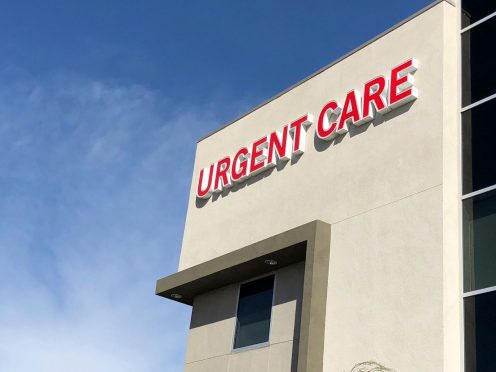Falls are the No. 1 reason for EMS (Emergency Medical Services) calls and visits to the Emergency Department, but they can easily be prevented.
“Falls are insidious. Worldwide they are the second-leading cause of death due to unintentional injury, and up to 30% of people who fall may not survive beyond one year,” said trauma surgeon Matthew Carlson, MD of St. Vincent’s Medical Center in Bridgeport. “Anything we can do to prevent falls unquestionably is going to save lives.”
It’s important to make sure that your home – both the outside and the inside – is free of any potential fall hazards.
Asses your home and make the necessary repairs.
Falls can happen anywhere so it is a good idea to go room by room in your home and look for any potential dangers. When out in the community, be aware of your surroundings and uneven surfaces.
St. Vincent’s Medical Center Department of Trauma and Injury Team offers several tips when assessing your home:
- Keep your landscaping trimmed and clear of debris.
- Have a plan for clearing weeds, snow and ice.
- Have good lighting in the entry of your home. Keep extra light bulbs on hand.
- Don’t leave cords scattered on the floor.
- In rooms where the flooring changes, add a transition strip to keep the flooring secure.
- Rearrange cabinets so items you use most often are easily accessible.
- Use rugs with non-skid backing.
- Keep stairways clear and be sure your railings are secure.
- Wear proper footwear. Avoid floppy slippers and choose something with a non-skid sole.
Most falls are in the bathroom.
Bathrooms are often the smallest and most slippery spaces in homes. With 80 percent of falls happening in the bathroom, make sure to spend extra time fall-proofing this room.
“Don’t leave wet towels on the floor and clean up the water around the shower,” said Terence Sheehan, EMS Coordinator at St. Vincent’s. “Choose an absorbent, non-skid mat to keep near your shower or bath and keep floors clear by hanging up your towel.”
Inside the shower, surfaces are slick whether wet or dry. Install grab bars near your shower and toilet for easy access.
If you ever need to call 911, a File of Life document will help EMS providers.
“EMS providers are trained to look for this very important paper on your fridge,” said Sheehan. “It’s a list of your emergency contacts, your medical history, medications you take and any allergies you have. This is critical information for us to have, especially in an emergency if you can’t communicate with us.”
You can ask your local senior center, fire department or EMS agency for a copy or you can download it here.


